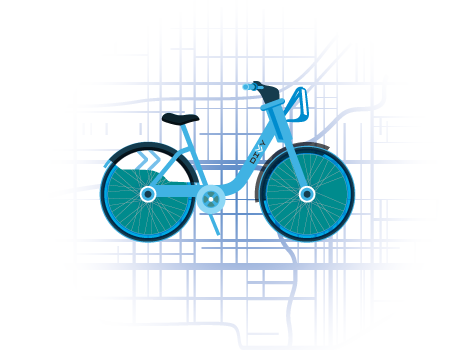Mike
Individual Cost Benefit
“By switching from CTA to Divvy I save up to $1000 per year on transit fees.”
Considering the commuting expense for Mike, compared to CTA rides, subscribing to Divvy bike’s annual membership could save him around $465 to $1,005 per year.*









